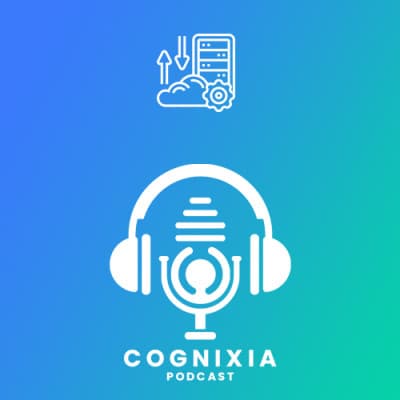Technology
We talk about two terms that get used interchangeably but don’t mean the same thing in reality – Data migration and Data integration. Both processes play very different roles in the data management and preparation lifecycle. While there are a few similarities between the two terms, there are also some significant differences that set the two apart.
What is Data Migration?
Data migration involves moving data from one location to another and would involve a change in the database, the application, or the storage. Data migration is usually undertaken when one needs to modernize the databases or the data warehouses need to be modernized or there is new data from new or old sources. There could be other reasons and causes too, but these are the most common ones.
The most common tools used for carrying out data migration are:
- CloverDX
- Microsoft SQL Server Migration Assistant
- IBM Informix
- AWS Cloud Data Migration
- Amazon DocumentDB
- IBM Cloud Migration Services
- Talend Open Studio
A good data migration tool should be able to let users schedule jobs, organize workflows, and map and profile data, while also letting one carry out post-migration audits.
What is Data Integration?
Data integration, as the name suggests involves integration or merging. Data integration involves merging data from different sources into one single database or a single data warehouse. Data integration plays an important role in helping organizations make better, more informed decisions while having access to better data quality and better data analysis. Data integration is a commonly used process for building data warehouses, and improving reporting, querying, and analytics.
The most common tools used for data integration include: Integrate.io
- Azure Data Factory
- Oracle Data Integrator
- Dataddo
- Informatica
- Talend
A good data integration tool would enable users to write data to target systems, services, and/or applications that one aims to use.
Data integration and data migration are two very large topics to cover in the short time that one podcast episode permits, but if you are an aspiring cloud professional, data professional, or even an aspiring DevOps professional, you will delve deeper into it as you train and prepare to be a skilled professional in your field of interest.

